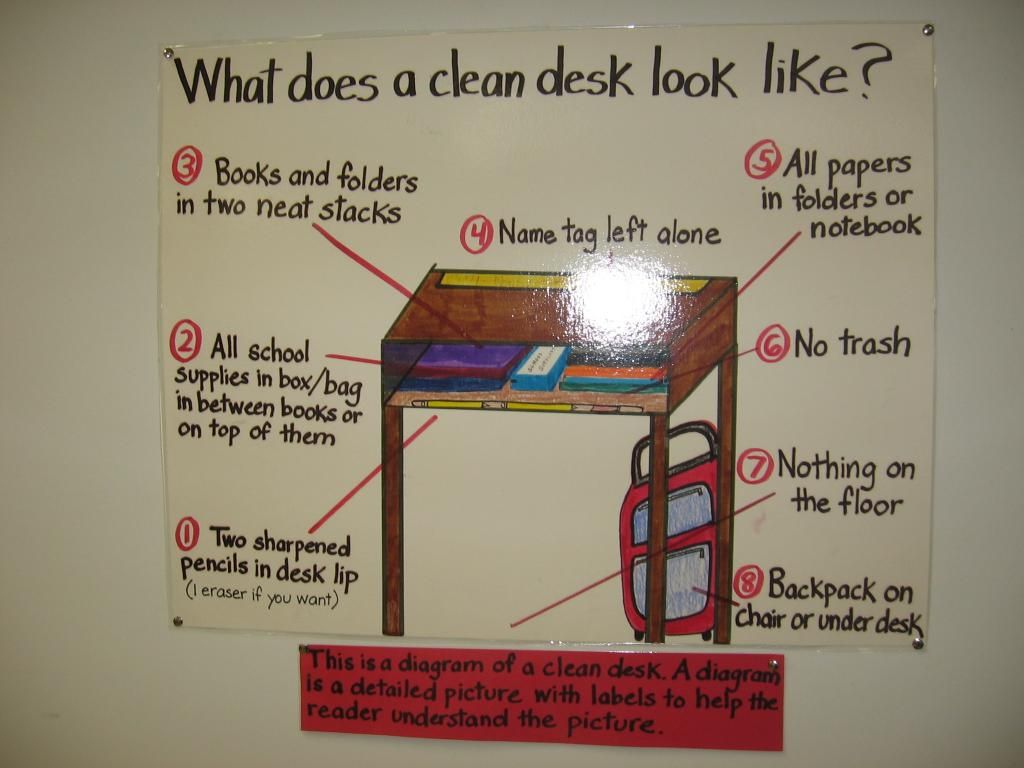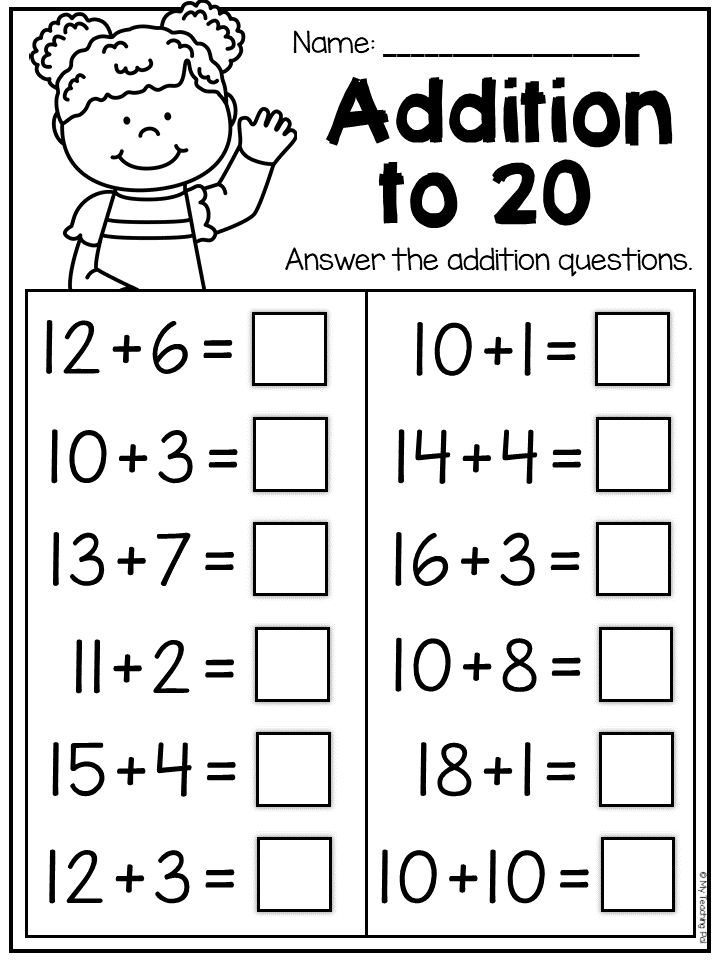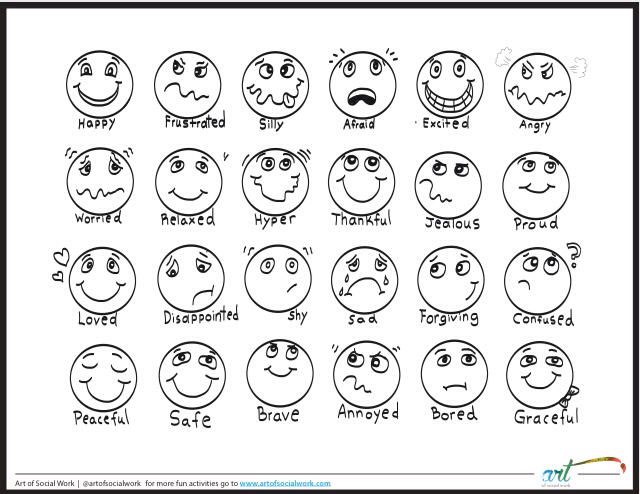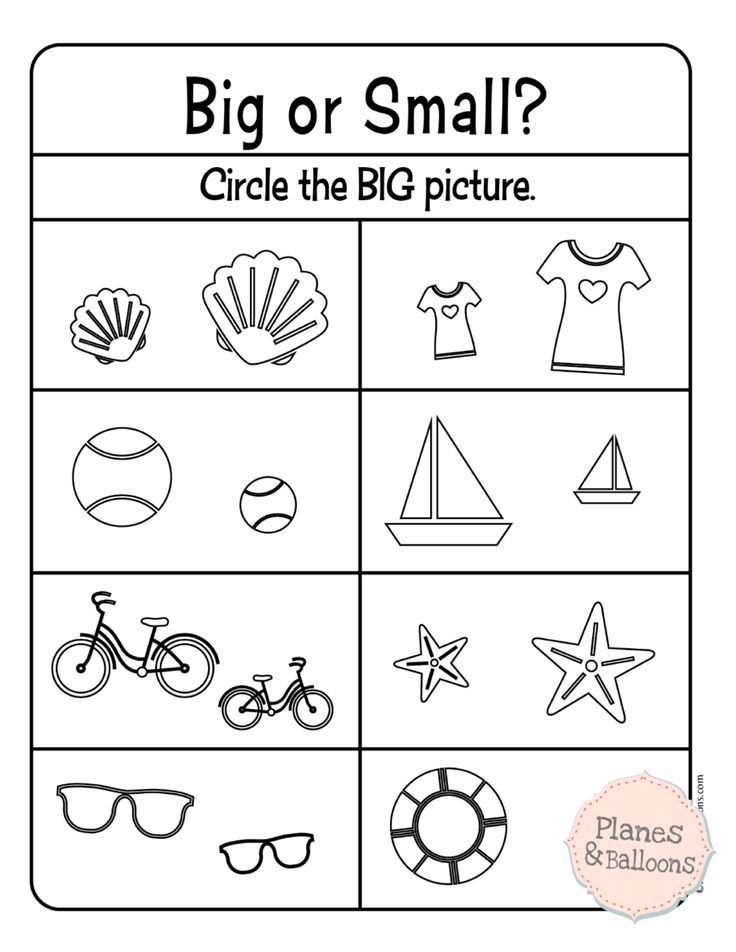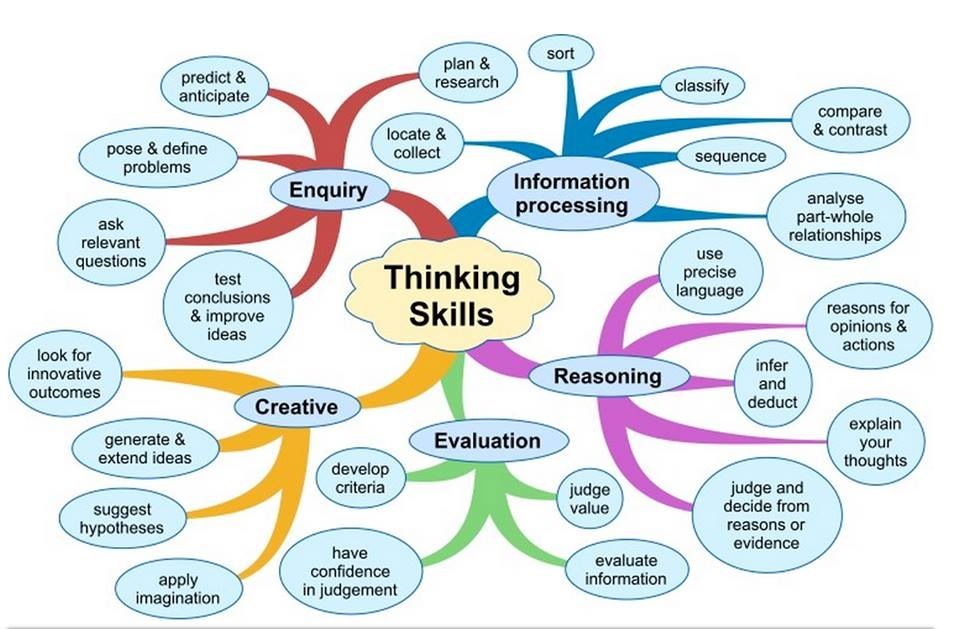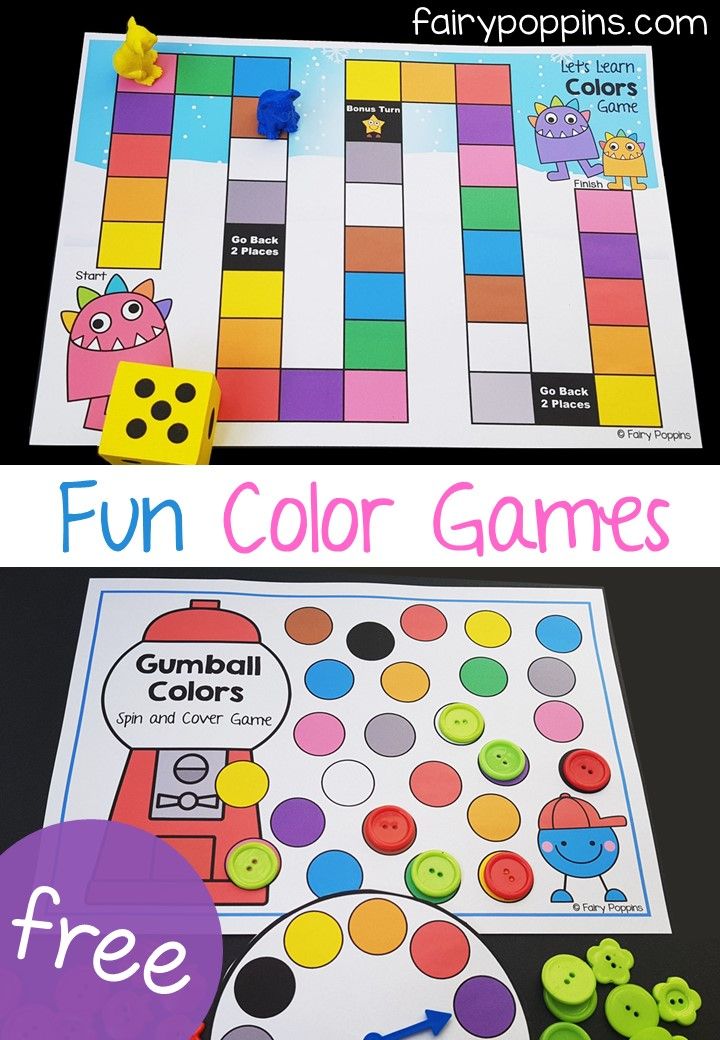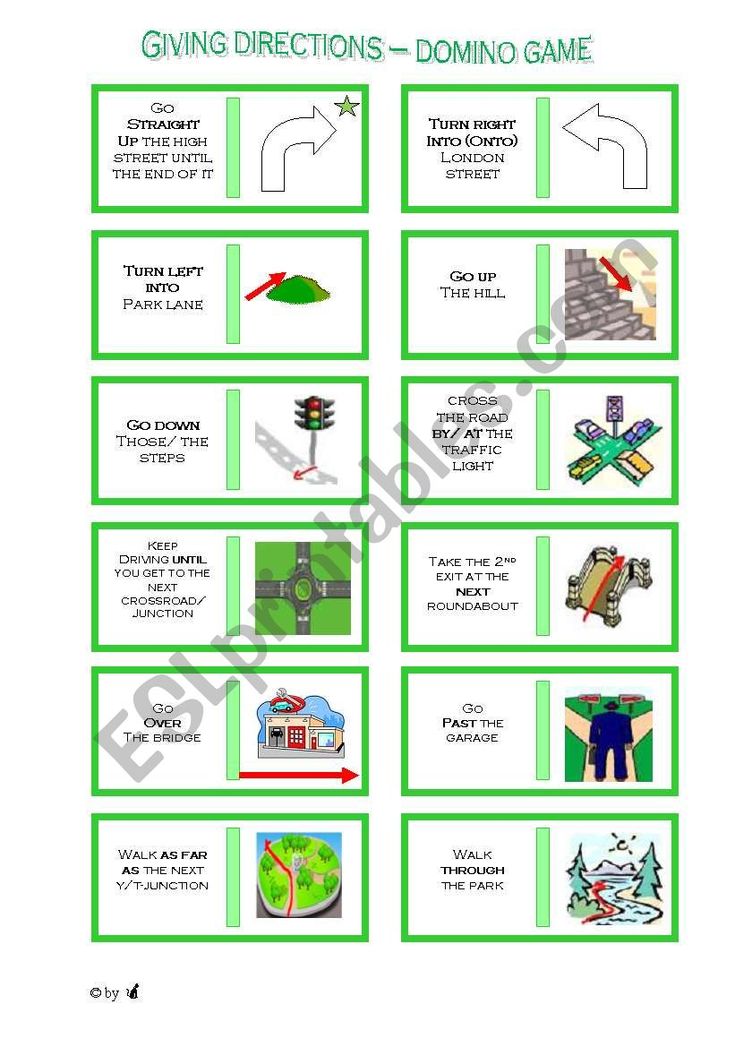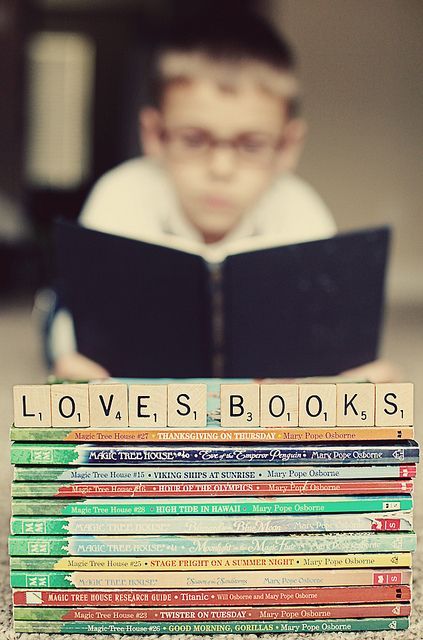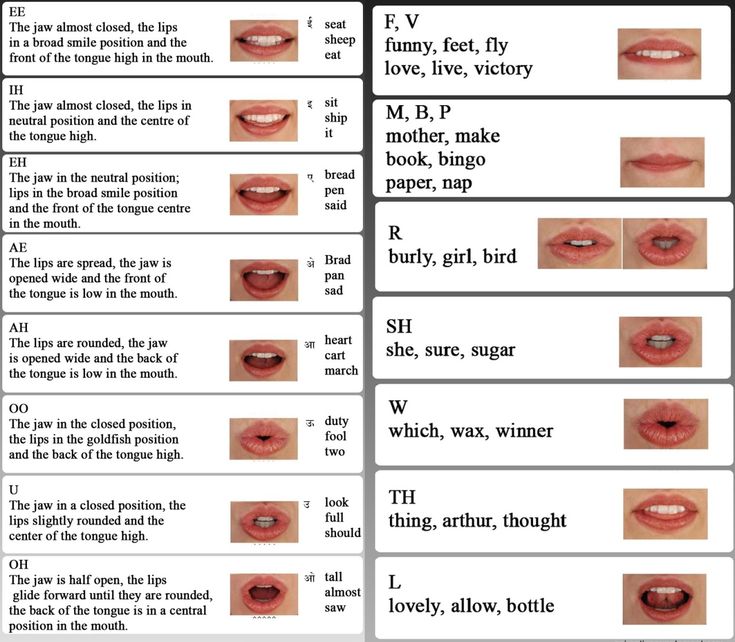How to organize your school desk
5 Desk Organization Ideas for Kids School Desk Setups
Children can be messy. Between homework, school projects, and your child’s personal creative endeavors, his or her desk can quickly become a cluster of paper, dried glue, and rogue writing utensils. With school season starting to come into full swing, here are 5 easy desk organization ideas you can use to organize and prepare your child’s space for academic success.
1. Get Rid of Clutter
Kids desks can easily pile up with scrap paper, crumbs, dried glue, markers with missing caps, lone crayons, pencils, and pretty much everything that a child can come into contact with. However, this clutter serves your child no good when he or she is working on math homework. Clutter can seriously impact productivity and distract your child from getting his or her work done. Speaking of distractions, electronics are something that nearly every child has these days. However, make sure that tablets and televisions are something that you keep away from your child’s desk, as these can be extremely distracting, and prevent your child from getting work done.
2. Find A Place for Everything
One great way to avoid a messy desk is to have a place for everything. Cubbies, drawers, shelves, and even coffee mugs are great ways to give all of your child’s belongings a home. Furthermore, when your child is done with homework, he or she will know exactly where to put pencils, markers, staplers, and paper. Labels also make a great tool to help organize your kid’s desk. Knowing exactly where everything is supposed to go not only helps initially organize things, but helps keep everything in the right place in the future.
3. Get A Large Calendar
Calendars, especially large calendars, give your child a visual representation of what his or her schedule looks like. In addition to productivity, a large calendar provides a constant visual reminder of what your child’s deadlines are. Sometimes, busy schedules can cause your child to forget about that school project that is due, or the math homework that the teacher assigned a few days go.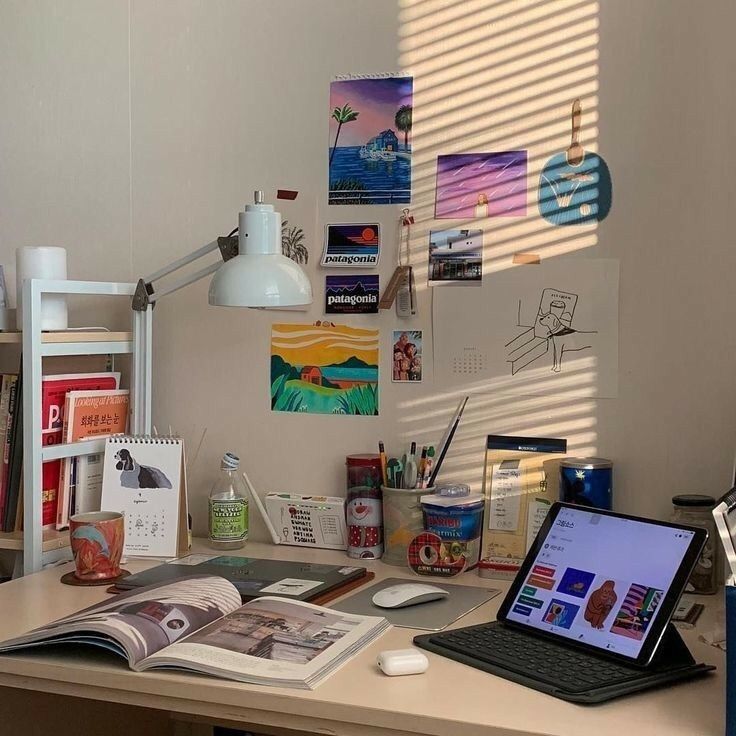 A large calendar helps him or her increase productivity, by staying on top of assigned work, and prevent procrastination!
A large calendar helps him or her increase productivity, by staying on top of assigned work, and prevent procrastination!
4. Get A Comfy Chair
Children seem to be able to adapt to anything. However, an uncomfortable chair can really impact your child’s productivity without you, or them realizing it. When organizing your child’s desk, be sure to include a comfortable chair in their ergonomic desk setup.
5. Get Good Lighting
Ok, great! Your child’s desk setup is coming along, now what’s missing? Light! Having the proper desk lamp is just as important as any other aspect of a productive, ergonomic desk setup. According to the Korea Advanced Institute of Science and Technology, research shows that the proper lighting improves human performance, as well as mood. No matter which desk lamp you choose for your child’s desk, be sure it produces a cool light to increase productivity and boost his or her mood.
And there you have it! With these easy tips your child will have an organized, functional desk in no time! Still feeling creative? Here are some creative desk decor ideas that we love:
Desk Decor Ideas
Add A Blackboard
Instead of having a wooden surface as your kid’s desktop, try using a blackboard or whiteboard instead.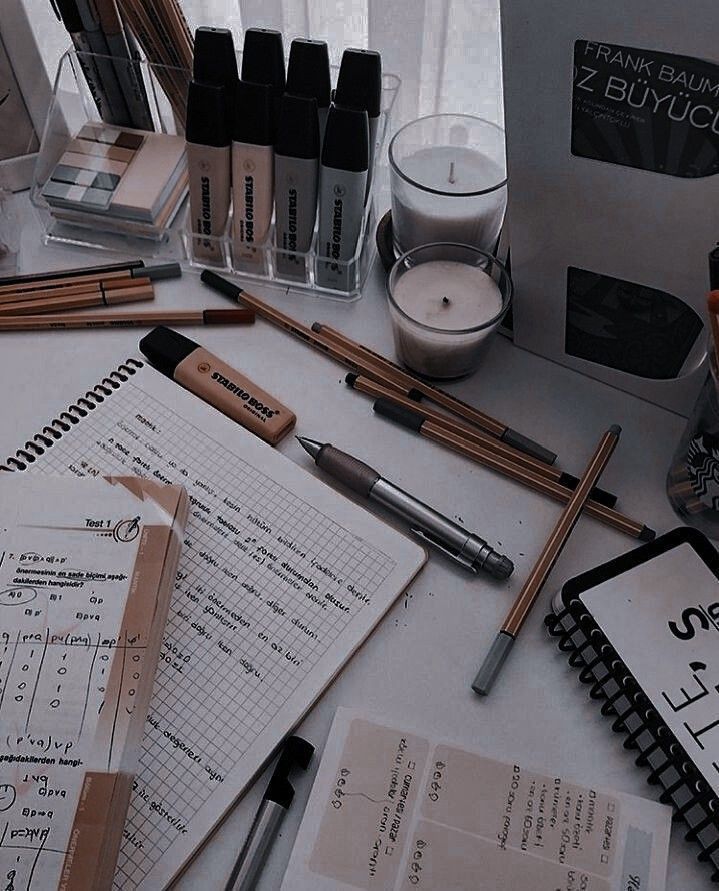 This creative tip gives your child a surface that he or she can take notes on, draw creative sketches, and make personal reminders without the clutter of paper. Not only is this a green option, but its cuts down on clutter and can aid in better desk organization. If making your desk a blackboard isn’t an option, consider adding one by your child’s desk for easy use.
This creative tip gives your child a surface that he or she can take notes on, draw creative sketches, and make personal reminders without the clutter of paper. Not only is this a green option, but its cuts down on clutter and can aid in better desk organization. If making your desk a blackboard isn’t an option, consider adding one by your child’s desk for easy use.
Take to the Walls
If desk and shelf space is limited, take to the walls to place markers, papers, and other supplies. Not only can this be an ergonomic storage option, but wall organizers can be quite stylish.
Add Stylish Small Storage
We have already talked about the importance of minimizing clutter on your child’s desk. You may not want spare pencils hanging around, but you don’t have to settle for just using a mug to hold loose writing utensils. If you are fortunate enough to have a built in desk option or homework station, you will likely have enough drawer and desk space to be able to invest in some fashionable storage items like a rose gold desk caddy or fabric baskets.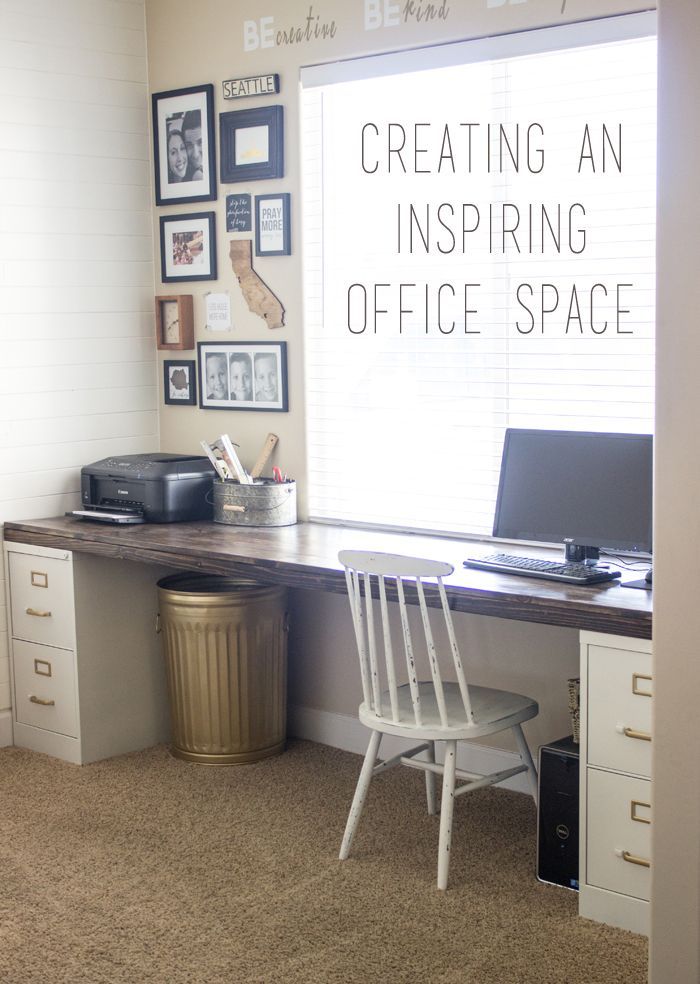 Make sure your (or your child’s) style is represented in your desk space.
Make sure your (or your child’s) style is represented in your desk space.
How to Keep A Desk Clean- An FAQ
Completed everything, but still have questions? We've got you covered! Here are some of our most frequently asked questions on how to keep a desk clean:
How do I keep my desk tidy?
Organization is the key to tidiness. Creating a home for all of your items is the easiest way to keep everything organized. Labels, cubbies, wall organizers, and shelves ensure that your items all have a home, therefore keeping your desk space free!
Why is it important to keep your desk clean?
A clean desk helps you concentrate. Studies have shown that messy desks impact productivity, so staying organized and maintaining a clean work space is important to staying productive.
What is the best way to clean a desk surface?
From blackboard surfaces to veneer desk tops, each desk surface requires different attention. Here is a guide to cleaning your desk surface.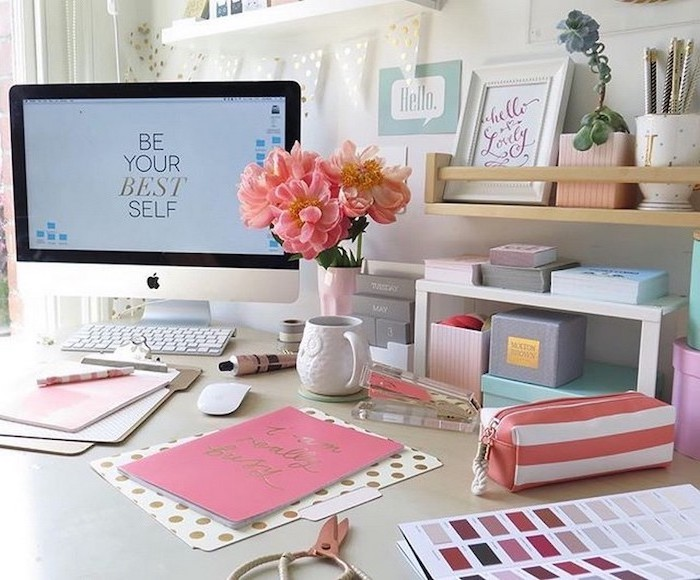
How do I clear my desk?
When you have a bunch of different items on your desk and you don’t know where to start, try taking everything off your desk and separate items into two piles: “Need”, and “Don’t Need”. Your “Need” pile may include a stapler, pencils, pens, markers, etc., while your “Don’t Need” pile may consist of old notes, scratch paper, etc. From the pile of items you need, create a home for those items in like groups. From the pile of items you don’t need, decide which items can be thrown away, and which should stay. From the items that stay, find a discreet home for them.
How do I clean dust from my desk?
Dusters work great to clear dust from desks. Microfiber cloths work great to clear dust, while products like Swiffer also offers a convenient and fast dusting option to clear dust from your entire workspace.
We hope you’ve enjoyed these easy tips on how to organize your child’s desk. If organizing his or her desk has you in the spring cleaning type mood, or if your kids rooms need more cleaning and organizing than just their workspace, check out our guide to make cleaning fun.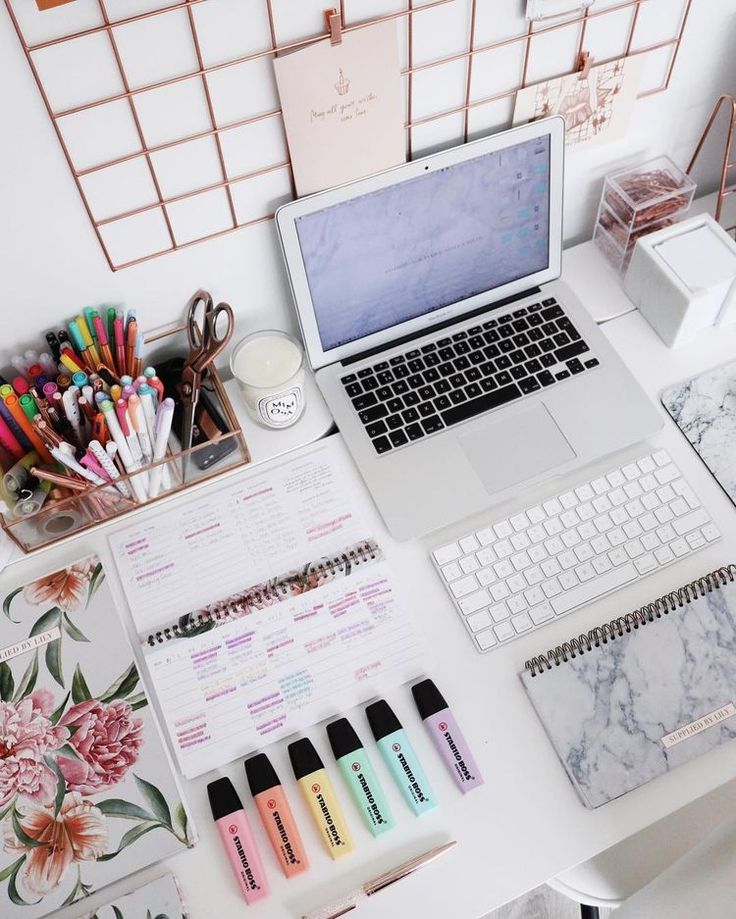 These easy tips not only incorporate the whole family, but they also help to clean the whole house!
These easy tips not only incorporate the whole family, but they also help to clean the whole house!
Contributed to Your Home blog
Looking for more tips, ideas or inspiration? Return Home here.
Published 8.13.19
Teacher Desk Organization Ideas: How to Declutter and Organize Your Workspace in 2022 - Clutter-Free Classroom
If you are looking for teacher desk organization ideas, then you’ve found the right place! This post shares 5 steps for transforming your desk from a hot mess to a systematized, tidy workspace. The first step is to reflect on why it’s important for you to have a tidy workspace. This will give you the motivation to complete the project. Whenever you feel like you are losing steam, think back to why you are taking on this task. The second step is to determine if you actually need a teacher desk in your classroom. This post will talk you through the process of making that decision with reflection questions. The third step is to take action and declutter your desk.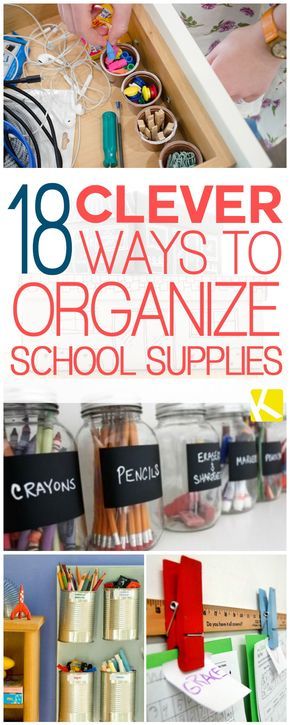 This post will walk you step-by-step through how to do that. The fourth step is the organization phase. The final step is to maintain your newly organized space. There are 20 tips to support you in doing so down below.
This post will walk you step-by-step through how to do that. The fourth step is the organization phase. The final step is to maintain your newly organized space. There are 20 tips to support you in doing so down below.
This post will equip you with the information you need to declutter and organize your teacher desk and establish systems and routines for maintaining an organized work space. Get all of the teacher desk organization ideas below!
Below are 5 steps for organizing your teacher desk. There are tons of great teacher desk organization ideas imbedded in them as well.
1. Reflect on why it’s important for you to have a clean workspace.
Before we get into anything related to teacher desk organization, think about why you want a tidy workspace and the benefits of keeping a clean desk. Below are some examples to help you start the brainstorm process.
- A clean workspace will improve efficiency.
- It will present an organized, professional image.

- Having systems to maintain your space daily helps protect confidential data and student information.
- It will make you more relaxed and less stressed.
2. Determine if you need your teacher desk.
Again, before we get into any teacher desk organization tips, think about if you even need a desk. Teacher “desks” often become teacher “offices,” which take up a good chunk of the classroom. If you are short on space, you may want to consider doing away with the desk completely. Ask yourself the reflection questions below to help you determine if you actually need your desk.
What do I use my desk for?
If the answer is storage, then think about other places that you could store those same materials (or better yet, declutter the space and get rid of some of them). If you use your desk for planning, grading, etc. then consider alternative spaces that would work better.
Am I the only one benefitting from the space?
Teacher desks frequently monopolize a large fraction of the classroom, yet only one person is getting use out of it. Consider how you could use the space to maximize student learning.
Consider how you could use the space to maximize student learning.
How does this piece of furniture affect my teaching?
Most teachers report that they don’t spend much time at their desk. When children are present, they are working with them and not sitting alone at a desk. When they are out of the room, there are tables available to work at.
How does my desk area usually look and how does that make me feel?
If whenever you look at your desk you feel overwhelmed and stressed, then that’s a good sign that this is a problem area for you. Another thing to consider is the feeling you get whenever an administrator, colleague, or parent walks in your classroom. You know your desk is a direct reflection of you. If it is cluttered and messy, then that sends a message to anyone who sees it.
Is getting rid of the desk an option? If not, how could it be repurposed?
I currently have a teacher desk in my classroom. I doubt it could be removed because I don’t think there would be anywhere to store it. However, I am planning to repurpose it as an area that kids can work at. It’s higher than the tables so it’ll be a good option for those friends that like to stand and work.
However, I am planning to repurpose it as an area that kids can work at. It’s higher than the tables so it’ll be a good option for those friends that like to stand and work.
If you have determined you need a teacher desk, then let’s focus on how to make it organized and more efficient! Read below for the next steps!
3. Declutter your desk.
It’s very easy to accumulate a lot of unnecessary “stuff” in and around a desk. Start by determining what you really need and what you can remove from the classroom.
And remember, the more you get rid of the less you’ll need to organize.
- Gather 2 small sorting containers (labeled keep and donate), a recycling bin, and a trash can. Place the sorting containers on top of your desk. Open one drawer at a time, remove the items and place them into the appropriate container.
- Now go through the container of items you plan to keep, sort and reconsider the items. Place like items together (pens/pencils, stickers/stamps, paperclips/binder clips, etc).
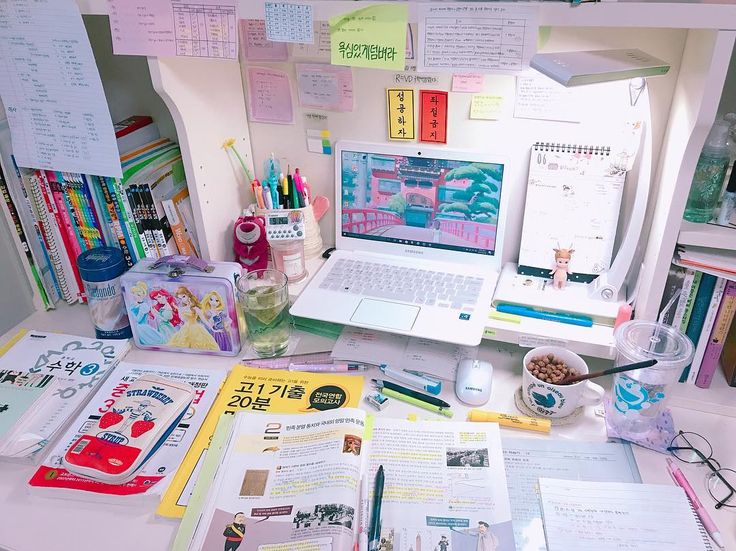 Get rid of anything that is considered excess. You don’t need three scissors or four bottles of whiteout.
Get rid of anything that is considered excess. You don’t need three scissors or four bottles of whiteout. - If you have a teacher supply closet at your school simply place the excess staples, paperclips, and other items there. It’ll be there when you need it. If you can’t stand to part with it then consider getting a small storage box and placing all of the duplicate and overstocked items inside so that your actual workspace is simplified.
- After you have removed everything from your desk, give it a deep cleaning. Add in organizational systems for sorting objects with labels before returning items to it.
- Designate a space for things that come and go with you each day so they are not left out on your desktop (i.e. cell phone, camera, keys).
- Try putting everything you need into a box next to your desk for a week or two. When you take an item out to use place it inside your desk. Reevaluate the items that are still in the box and weren’t used at the end of the designated time period.
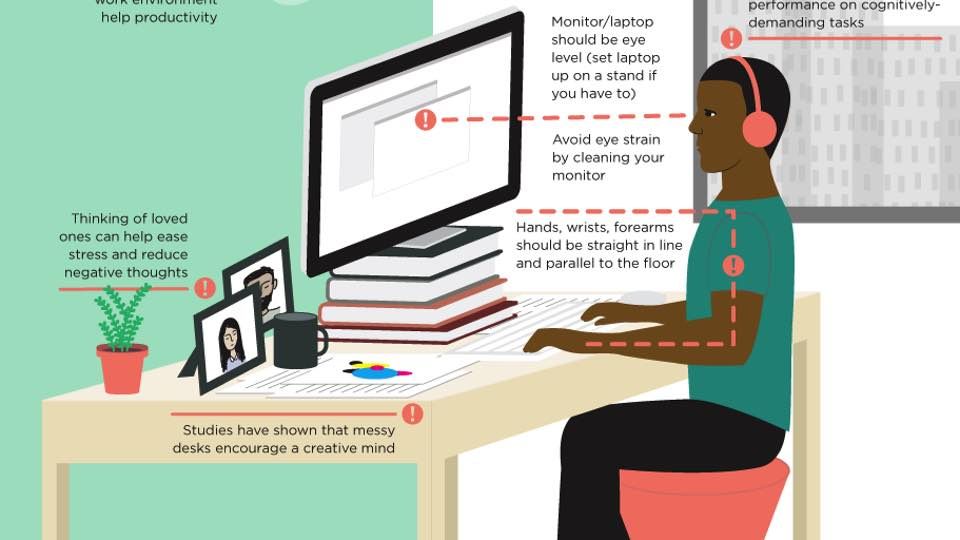 Do you really need them?
Do you really need them?
4. Organize your desk.
The next step is to organize your desk. Below are 12 teacher desk organization ideas that may be helpful!
Avoid the big desk calendar.
The first teacher desk organization idea on the list is to avoid the big desk calendar you often see on teachers’ desks. Those giant calendars that cover the surface of a desk look like a good idea, but can be problematic for several reasons. Desk calendars are large and awkward. The items placed on top need to be removed or shuffled to access it, and those items don’t always find their way back to the correct home.
A much better solution is a small planner that is portable and easy to use. If you prefer to view the year or month at a glance, consider creating a display next to your desk that you can see, but not bury.
Only put items you actually need in the desk.
Most likely you will never find yourself in a situation that requires you to immediately put your hands onto 24 pens, 13 boxes of paperclips, and 43 elastics.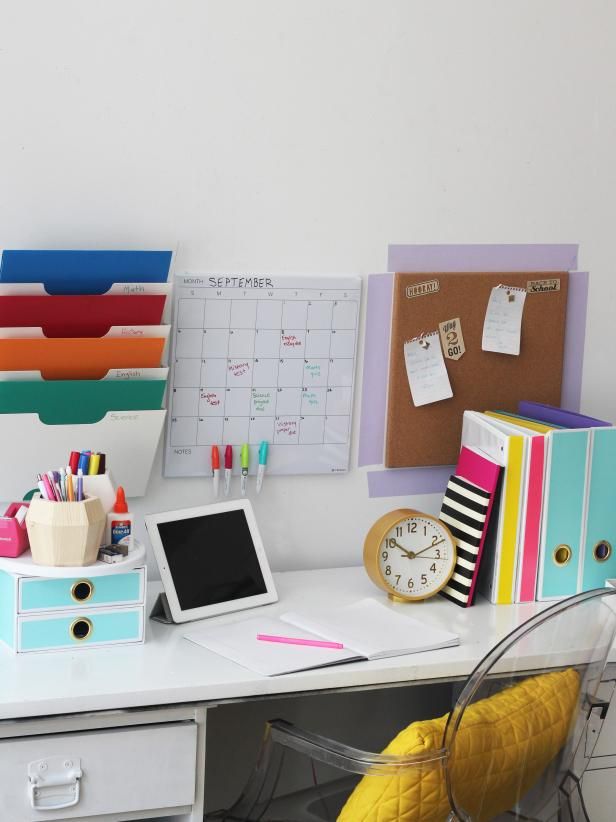 Use smaller, marked containers to house the surplus of these items and keep only a few handy in your desk.
Use smaller, marked containers to house the surplus of these items and keep only a few handy in your desk.
Create smaller compartments.
The third teacher desk organization idea on the list is to use small boxes or drawer organizers to contain small items in your desk. This will keep your desk not only looking tidy, but will make it easy to find and put away objects that would otherwise be tossed loosely inside.
Label the areas within your desk.
A label greatly improves your chances of returning items to the correct location. It also prevents you from placing items into spots where they do not belong.
Create a bulletin board next to your desk.
You can either invest in a cork board or simply cover the existing wall with paper and border. Use it to display important items like schedules, lunch menus, procedures, etc. If an item is confidential (for example: student addresses and phone numbers), create a “pocket” to hide the information, but still keep it at your fingertips.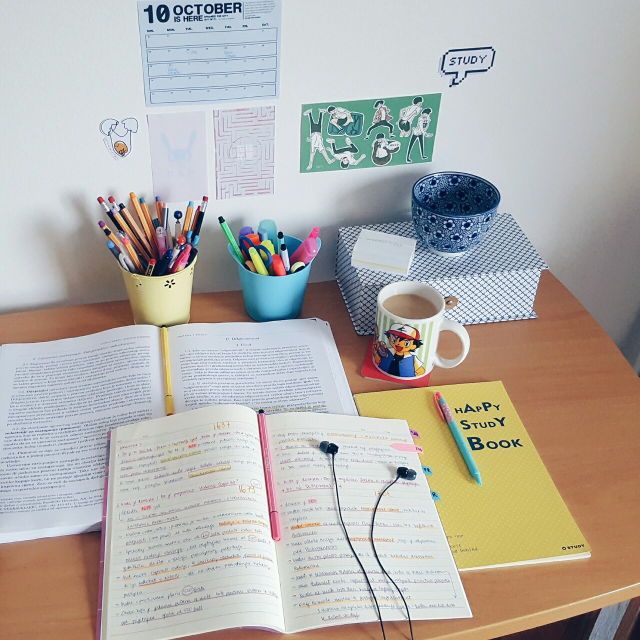 A file folder works well for this.
A file folder works well for this.
Organize your tasks.
The next teacher desk organization idea on the list is to use stacking trays or a vertical wall system for separating items. Some great categories include: to do (things that need to be addressed, filled out or copied), to file (papers that need filing), and to read (items that need your full attention). Also consider that trash can to be your fourth and most important filing category.
Create a home for your plan book.
Always keep it in the same place when you are not writing in it. Inform a close colleague about where you keep your plan book and teacher manuals, so that in the event of an unplanned absence everything will be accessible.
Store small items into your desk.
This includes paperclips, pens, erasers, and such. Desktop organizers seem like a good idea, but add visual clutter and take up valuable space. They also make it too easy for children to access them.
Clean off your desktop often.
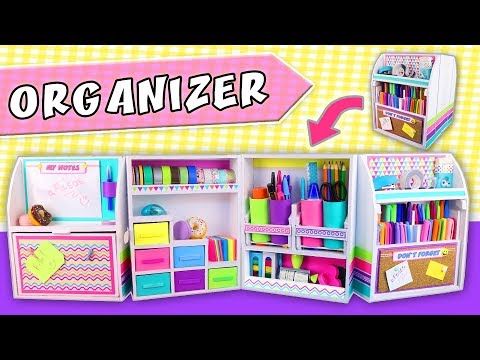
Get in the habit of always cleaning off your desktop before lunch and before you go home. This will ensure that you don’t reach the point of being overwhelmed by the task.
Relocate items on your desk.
Take the items that are typically found on a teacher’s desktop and relocate them to a drawer. They’ll still be easy to access, but won’t be cluttering the area. This includes things like post-its, a stapler, tape, etc.
Use small containers within the drawer to keep things organized.
One of my favorite teacher desk organization ideas on the list is to use small containers within drawers. Labeling the baskets is helpful too. There are some great desk organizer products available, but I prefer to keep everything out of sight.
Always be ready for a substitute.
Strive to leave a clean workspace with emergency sub plans out and visible when you leave each day. Not only will you feel more productive coming into a clean spot, but you will never need to worry about sub plans again.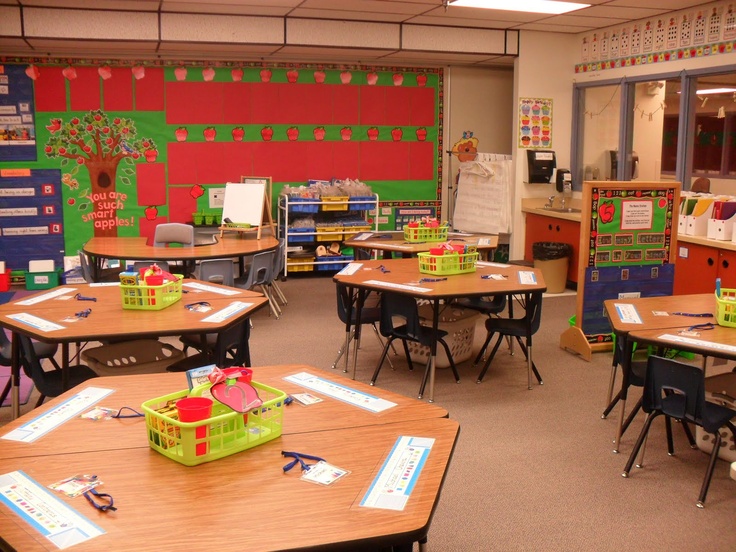
5. Establish systems and routines.
Once your desk is organized, develop routines to make it easy to stay that way. Get into the habit of always clearing off your desktop at the end of prep, before lunch and before you leave for the day. This will prevent you from feeling overwhelmed or having to spend a ton of time at it at once.
Stop using sticky notes for reminders.
Instead of using sticky notes, keep one notebook designated for reminders and to do lists. I love me a Post-It too, but they make your work area look cluttered.
Limit the family photos and kid art.
It’s nice to have pictures of your family available so that your students can connect with you and know you are human. It’s also great to be able to look at the smiling faces or your loved ones while you are away from them. However, your classroom should not be a shrine to your family. Consider creating a personalized binder cover insert or a page protector with your personal photos. You could also go digital and simply look at your phone when you want to see those adorable little smiles.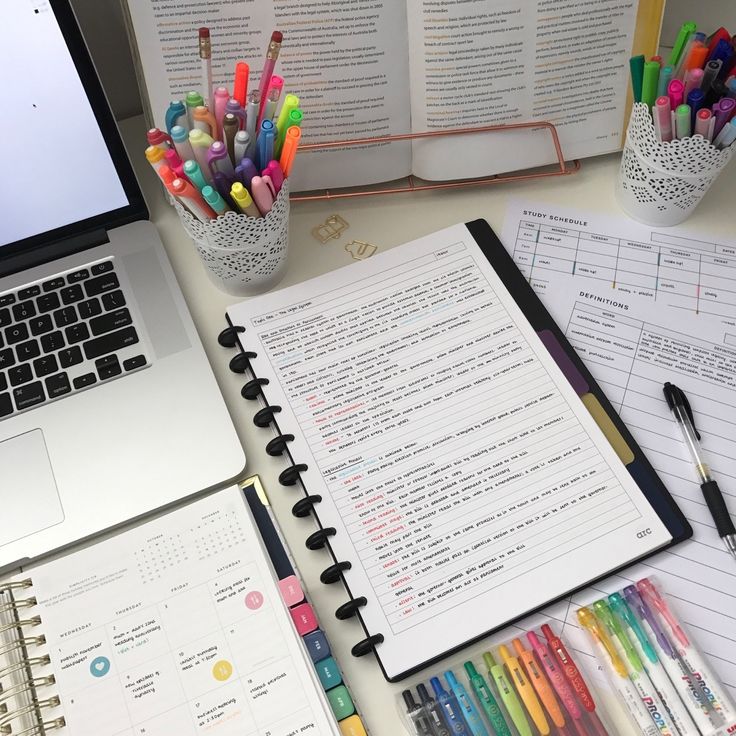
Say no to knick-knacks.
Limit the personal items on your desk. They take up valuable real estate, are another thing to manage, and could get damaged accidentally. We want everything on our desk to serve a purpose.
Schedule times to clean your desk.
Make this a routine. My class takes a few minutes to wash their hands and gather their recess things just before lunch. They also take about five minutes to pack up to go home at dismissal. I use both of those times to “manage” my desk. I quickly recycle anything I don’t need, address things in my action file, and relocate anything that has been placed onto the surface. Because it never gets to the “out of control” stage, I am able to tend to it during these two short periods of time. After the kids leave for the day I wipe the desk down and place my emergency sub binder in the center of the desk.
Stick to one type of pen.
Pick a brand and color that you like and use it exclusively. Only keep 2-3 on hand at a time.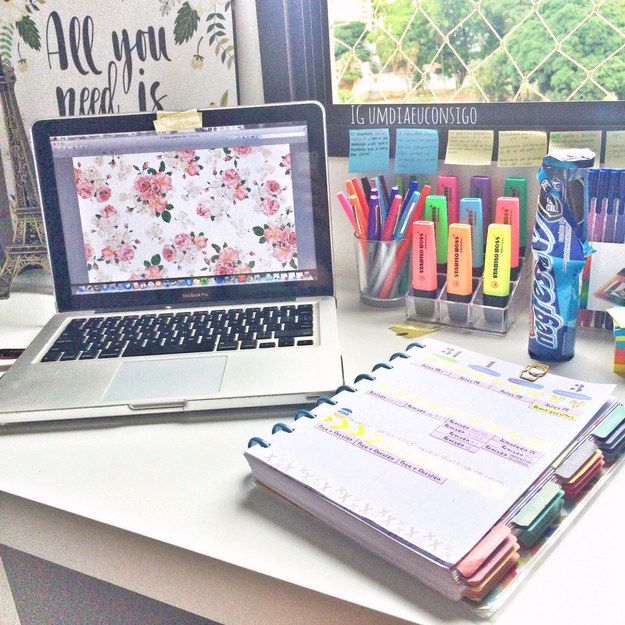
Don’t print emails or resources unless you absolutely need to.
Reducing the amount of paper you have also reduces the amount you’ll need to manage. Avoid having unnecessary papers as much as possible.
Keep a clear desktop.
You’ll be amazed at how this makes you feel psychologically. To achieve this goal store things in the drawers, attach photos to the desk or on a nearby wall.
Consider creating a “traveling office.”
Create a traveling office by placing a pair of scissors, a stapler, a roll of tape, a couple pens and some paperclips into a portable tote or caddy that can be stored on a shelf, under a table or in a cupboard when not in use. This gives you so much flexibility!
Have a plan for all those student drawings that are presented to you.
Perhaps you could designate a small bulletin board and rotate the gifted artwork or simply say, “this will look beautiful on my fridge at home.”
Create smaller containers and spaces.

Small containers are a great way to store items within drawers. Use small boxes, plastic containers, muffin tins or draw sorters to keep things organized. Go the extra step by labeling each section. It greatly increases the odds that you’ll put things back into their proper place. As I mentioned earlier, this is definitely one of my favorite teacher desk organization ideas!
Find a method of managing cords that works well for you.
You can use zip ties to tighten them and/or a basket to corral them. You could also cut holes in a box to keep the cords together while in use. Attach a label near the power source to identify the purpose of the cord.
Do not use your workspace as a closet.
Designate a closet or drawer to house your purse, coat, and lunch bag during the workday. Try to refrain from hanging your coat on the back of your chair.
Establish routines for maintaining a clutter-free, clean workspace.
Keep a container of baby wipes in your newly decluttered drawer.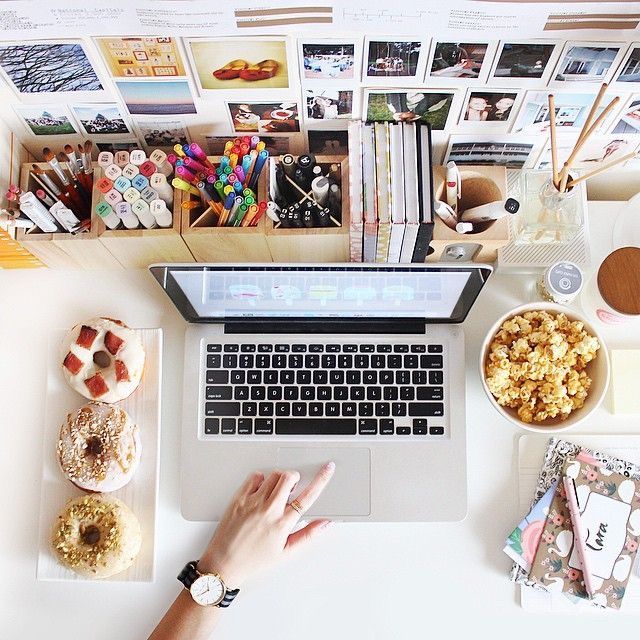 Get in the habit of clearing the surface throughout the day and wiping it down before you go home.
Get in the habit of clearing the surface throughout the day and wiping it down before you go home.
Keep your keyboard clean.
Use the sticky end of a Post-It note to clean between the keys on your keyboard.
Avoid eating at your desk.
It will invite mess. Plus, you need a real break during the day.
Have a designated space for notes.
Having a spot for notes and a method for organizing your Post-Its will help you avoid little scraps of paper here, there and everywhere.
Avoid a generic “inbox tray.”
Raise your hand if you are guilty of this! Instead of using a generic inbox tray, invest in a filing system. Create sections for managing papers (i.e. need response, to be copied, to be corrected, to be filled out, etc). This will keep things current and allow you to have less piles to shuffle.
Go paperless.
Do this as much as possible. Use your iPhone for notes, calendar, etc. to reduce the amount of paper you need to manage.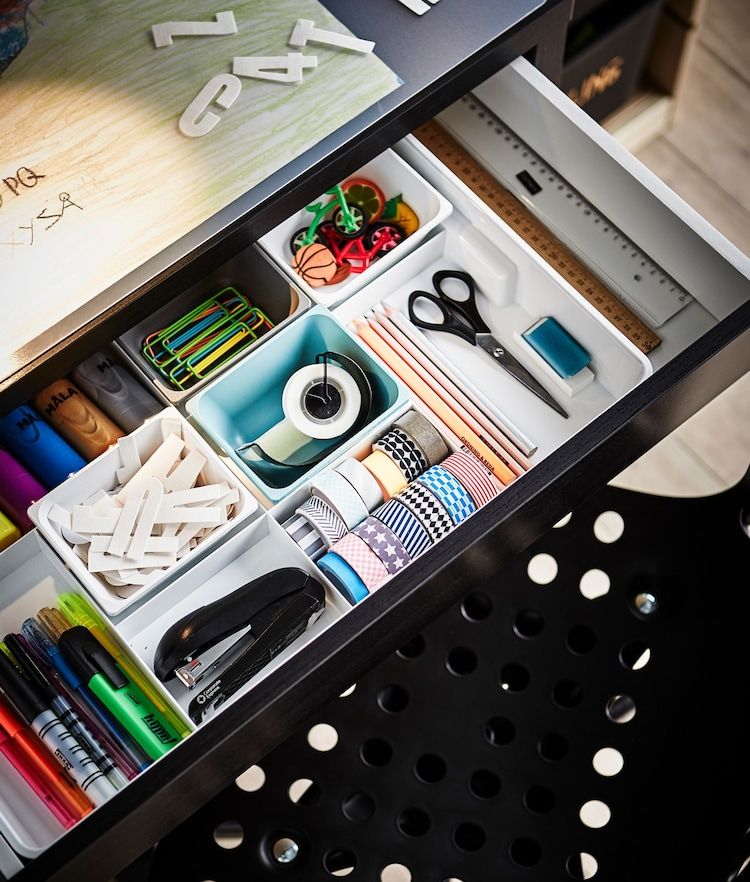
Keep a paper shredder and a trash can within close proximity.
This will make it easier to purge items in your work area as needed. This is a highly underrated teacher desk organization idea, but it makes life so much easier.
Designate one day a month for a deep desk cleaning.
This is a great routine to get into. Get rid of anything you’ve acquired recently that you don’t need along with items you may have initially saved.
In closing, we hope you found these teacher desk organization ideas helpful. If you did, then you may also be interested in my classroom organization workshop, as well as these posts:
- How to (Finally) Declutter Your Classroom this Year
- 5 Time Savers for Elementary Teachers
- How Teachers can Save Money on Groceries Each Week
What desks should schoolchildren study at
Minkin / RIA Novosti
According to doctors, up to 80 percent of schoolchildren have posture disorders. And in the structure of the so-called "school-caused" diseases, along with myopia, diseases of the musculoskeletal system are in the lead.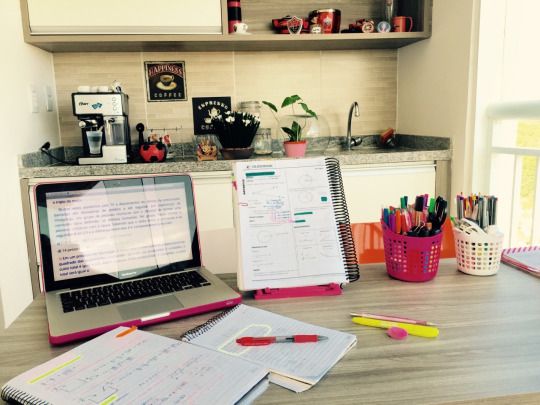 Why? Almost 85 percent of the daytime students are in a "sitting" position. In the classroom, at additional classes, for "homework" or just for gadgets. And most often, children do not even think about the fact that you need to sit correctly. No matter how many parents and teachers repeat: "Straighten your back! Do not bend in three deaths" - everything is forgotten in a couple of minutes.
Why? Almost 85 percent of the daytime students are in a "sitting" position. In the classroom, at additional classes, for "homework" or just for gadgets. And most often, children do not even think about the fact that you need to sit correctly. No matter how many parents and teachers repeat: "Straighten your back! Do not bend in three deaths" - everything is forgotten in a couple of minutes.
- A chair and a table for a student - it would seem such a simple thing. But it is of fundamental importance. According to our data, a violation of posture in more than half of the cases is due to the fact that school furniture does not match the height of the child, Marina Stepanova, head of the laboratory for complex problems of hygiene of children and adolescents, told RG. - It has been scientifically proven that improperly selected furniture also affects academic performance. The processes of perception of educational information are disturbed, the child's ability to analyze and memorize is deteriorating.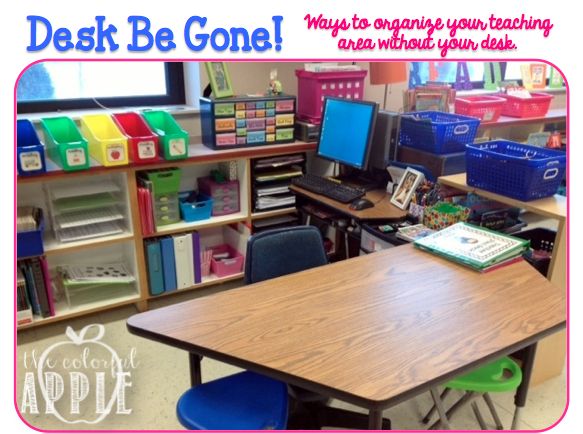
Older teachers, grandparents remember the old Soviet desks - desks. It was impossible to hunch over them - all the books and notebooks lay only at an angle. The back remained straight and did not get tired during the lesson.
- They are not Soviet, but still famous pre-revolutionary desks of the ophthalmologist Fyodor Erisman. He invented this design. I and all my generation studied behind her, - notes the director of school N 109, Honored Teacher of Russia Evgeny Yamburg. - These desks now remain only in some rural schools. There, teachers still repaint them, take care of them. Because nothing is better than this desk.
According to Evgeny Alexandrovich, now some companies have begun to create analogues of Erisman's desks: with the same inclination, with the same back and other possibilities.
- We have hospital schools in clinics and cancer centers where we educate children with life-threatening diagnoses. Before the borders were closed, we received student furniture from Finland.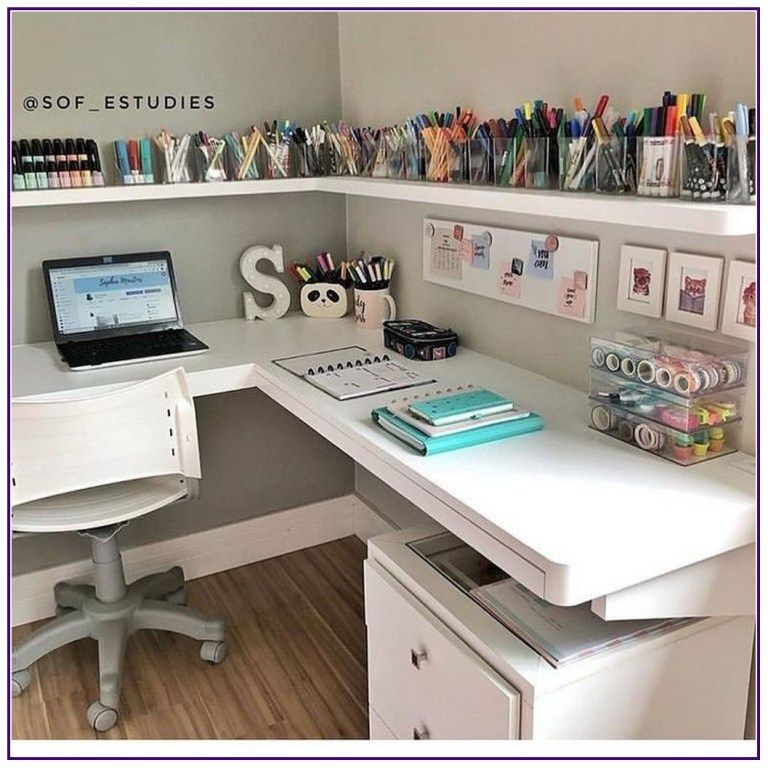 There are not only countertops with the ability to tilt, there is also a special bactericidal coating, which, in the face of the threat of the emergence of new pathogens, is exactly what the doctor ordered. And chairs allow children to swing, change the center of gravity, - says Evgeny Yamburg. - Yes, for children who are very seriously ill, we do it. But it is very expensive for most conventional schools. How are our purchases made? Who offered the price cheaper, he delivers the furniture. And school principals can do little here. But if we want to preserve the health of students, we need to return to the analogues of Erisman's desk. In some foreign countries, by the way, this is already being done.
There are not only countertops with the ability to tilt, there is also a special bactericidal coating, which, in the face of the threat of the emergence of new pathogens, is exactly what the doctor ordered. And chairs allow children to swing, change the center of gravity, - says Evgeny Yamburg. - Yes, for children who are very seriously ill, we do it. But it is very expensive for most conventional schools. How are our purchases made? Who offered the price cheaper, he delivers the furniture. And school principals can do little here. But if we want to preserve the health of students, we need to return to the analogues of Erisman's desk. In some foreign countries, by the way, this is already being done.
Where did the famous school desk, which turns 150 this year, go? Why did ordinary tables suddenly appear in the classrooms instead of it? Not a single expert interviewed by Rossiyskaya Gazeta could say this for sure. It is only known that this did not happen yesterday and not even in the 90s.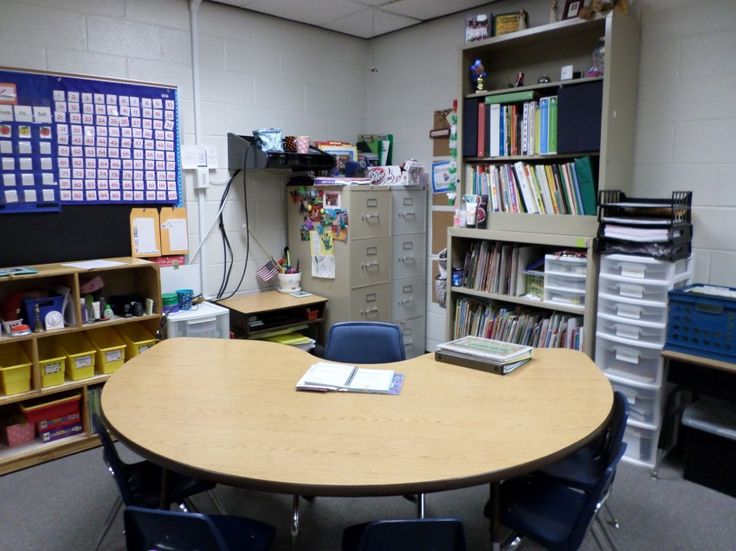 "Inclined" desks lasted in Soviet schools until the 70s of the last century. And then in the classrooms, the tables went on the offensive. As Muscovites aged 50+ recall, even when they themselves were pioneers, "tilted" desks in metropolitan schools were already a rarity.
"Inclined" desks lasted in Soviet schools until the 70s of the last century. And then in the classrooms, the tables went on the offensive. As Muscovites aged 50+ recall, even when they themselves were pioneers, "tilted" desks in metropolitan schools were already a rarity.
Only a few rural schools have preserved Soviet desks. Teachers still repaint them, take care of them
What do modern sanitary requirements say? According to SanPiN 2.4.2.2821-10, the main type of furniture for students of primary general education should be a school desk provided with a tilt regulator. During the teaching of writing and reading, the slope of the working surface of the school desk should be 7-15 degrees.
- At first I studied in an old building - and absolutely all the tables there were ordinary, horizontal. When I moved to the fifth grade, they built a new school building, bought furniture and equipment there. And here the desks already had the ability to tilt. In fact, no one used it at all.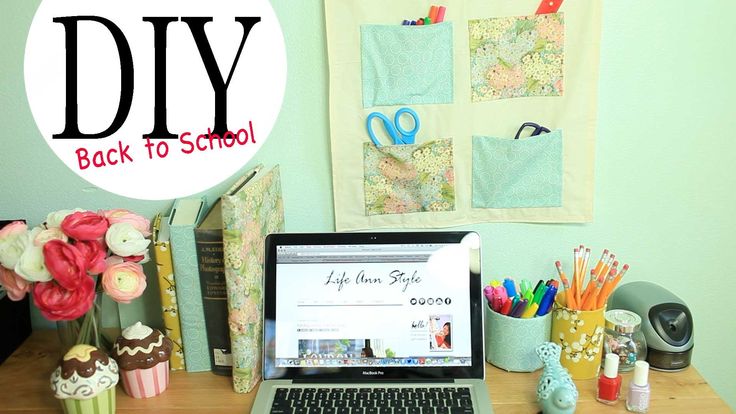 On the contrary, if one of the classmates at first wanted to raise his desk to make it more convenient to write, the teachers immediately pulled him back and said: "Return everything as it was." I don't know why. Apparently, they were afraid that we would break something. And then, in general, in some school desks, the mechanism was removed "out of harm's way," says 10-grader Alexander Postonogov.
On the contrary, if one of the classmates at first wanted to raise his desk to make it more convenient to write, the teachers immediately pulled him back and said: "Return everything as it was." I don't know why. Apparently, they were afraid that we would break something. And then, in general, in some school desks, the mechanism was removed "out of harm's way," says 10-grader Alexander Postonogov.
The guy asked not to name his school or city. But his example is very revealing.
By the way, even in the sanitary rules it is clearly stated how high tables and chairs should be, depending on the height of the child. For example, if a girl is one and a half meters tall, the height of the table edge cover above the floor for her should be 64 centimeters. If the guy-graduate and waved under 1.8 meters, then for him the table should already be 76 centimeters high.
However, in practice, the typical picture is quite different: all the desks in the office are the same size. In the first lesson, let's say, the seventh grade sits behind them, in the second - the ninth, and in the third - already the eleventh. A tall student, a small one, it doesn't matter. True, in the new academic year it was decided that each class would have its own office. And the teachers will come. But will it help?
In the first lesson, let's say, the seventh grade sits behind them, in the second - the ninth, and in the third - already the eleventh. A tall student, a small one, it doesn't matter. True, in the new academic year it was decided that each class would have its own office. And the teachers will come. But will it help?
- School furniture is generally a sensitive issue, which, unfortunately, is given very little attention by both teachers and managers, - says Marina Stepanova. - In the end, we have what we have. If there are no desks of different sizes in the office, this problem cannot be solved. But it is important that the child also has a properly organized workplace at home. If the student's furniture is not properly selected, if the distance between the edge of the table and the surface of the chair is too large or, conversely, too small, the student is forced to raise or lower his right shoulder while writing. This leads to asymmetry of the body, to the curvature of the spine.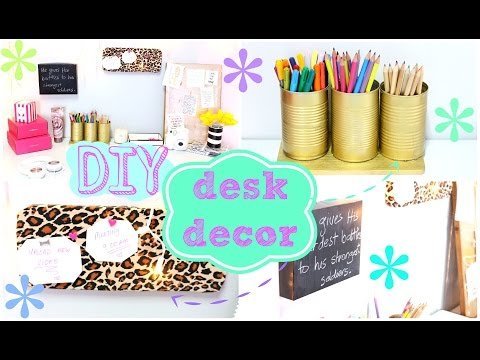 Plus - the visual distance to books and notebooks is reduced, the load on the eyes increases. And this is one of the main causes of myopia in schoolchildren.
Plus - the visual distance to books and notebooks is reduced, the load on the eyes increases. And this is one of the main causes of myopia in schoolchildren.
Competently
- Fedor Erisman, Russian-Swiss ophthalmologist and hygienist, proved the dependence of the appearance of eye (myopia) and bodily diseases (spine) on the student's incorrect position at the table. He came up with the design of the desk: fastened bench and table. The table top is tilted. I took into account the optimal distance for reading - 30-40 centimeters from the eye to the tabletop. Then, Peter Korotkov, a student of St. Petersburg University, made changes to the design: he increased the length of the desk so that two students could sit at one desk, invented hooks for satchels on the side, a recess for the inkwell, and a hinged lid. In my opinion, this is the perfect match. I especially like the footrest to eliminate the need for the student's back to lean forward. The back of the bench supports the lower thoracic spine and lower back.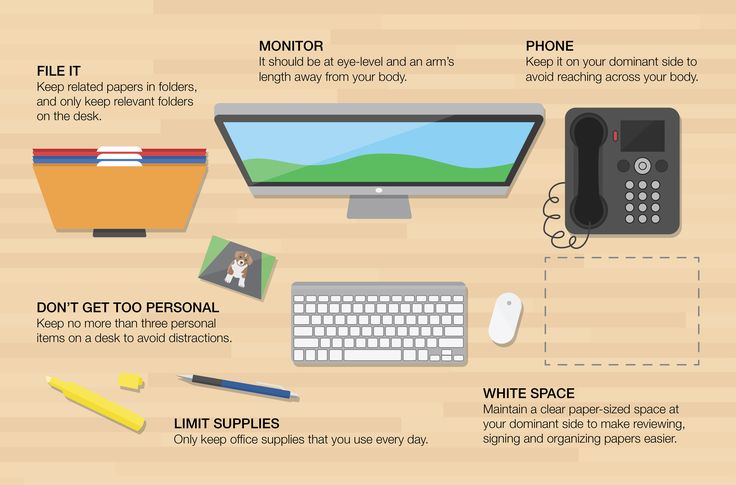 Sitting at such a desk, it is almost impossible to slouch. The text in a book or notebook can be read at a right angle, - said Jalal Saidbegov, professor of the Sapienza University of Rome, MD, neurologist-vertebrologist, honorary member of the most authoritative association of vertebrologists in the world EUROSPINE. - Go to class today. Children are all different, but the tables are all the same. Computers - in a row. Lighting is not on the side from which it should be ... Failure to comply with elementary hygiene rules and ergonomics is a direct path to spinal diseases. I have been dealing with spinal problems for almost 40 years. And I can confidently say: they are getting "younger". And it all starts at school, where the child spends most of his time sitting at his desk. All this time, his spine is under serious strain.
Sitting at such a desk, it is almost impossible to slouch. The text in a book or notebook can be read at a right angle, - said Jalal Saidbegov, professor of the Sapienza University of Rome, MD, neurologist-vertebrologist, honorary member of the most authoritative association of vertebrologists in the world EUROSPINE. - Go to class today. Children are all different, but the tables are all the same. Computers - in a row. Lighting is not on the side from which it should be ... Failure to comply with elementary hygiene rules and ergonomics is a direct path to spinal diseases. I have been dealing with spinal problems for almost 40 years. And I can confidently say: they are getting "younger". And it all starts at school, where the child spends most of his time sitting at his desk. All this time, his spine is under serious strain.
The situation needs to be changed urgently. It is necessary to create a modern version of school furniture based on Erisman's desk. If necessary, invite the best designers and constructors. The ability to adjust the height and tilt of furniture is very important. But it is equally important that such desks become accessible to all schools. Because the right, ergonomically designed furniture is the prevention of scoliosis, intervertebral hernia, and other serious disorders. And it is also very important that teachers monitor the posture of the children, help them adjust the tabletops, seat the children at their desks according to their height. Prevention of spinal diseases from the school bench will allow any country in the world to save many billions spent on the treatment of spinal diseases in adults.
The ability to adjust the height and tilt of furniture is very important. But it is equally important that such desks become accessible to all schools. Because the right, ergonomically designed furniture is the prevention of scoliosis, intervertebral hernia, and other serious disorders. And it is also very important that teachers monitor the posture of the children, help them adjust the tabletops, seat the children at their desks according to their height. Prevention of spinal diseases from the school bench will allow any country in the world to save many billions spent on the treatment of spinal diseases in adults.
Infographics "RG" / Anton Perepletchikov / Kseniya Kolesnikova
Schoolchildren's workplace: how to organize it correctly
Workplace helps a schoolchild to concentrate and tune in to work. And a comfortable desk and chair is a concern for the health of a child who already sits at school and at home for several hours, strains his eyes and back and gets very tired. How to choose the best furniture and lighting for a student, Masha Burtseva told in her blog.
Party
When choosing a school desk, you should first of all pay attention to the comfort of the child. A table can fit perfectly into the design of the room, match the colors and look great on photos on social networks, but if a student runs out from behind a desk and prefers to do homework while lying on the floor, then this desk is not suitable.
When choosing a desk, you need to focus not only on aesthetics, but also on technical parameters. After all, the right table is the helper of the child. It is easier to concentrate and keep your posture behind it, and also, the correct fit affects the handwriting, which teachers love to pay attention to. How to choose a school desk for a child:
- The child's legs and elbows at the table are bent at an angle of 90 degrees.
- The edge of the table is a couple of centimeters below the chest level of the seated child, so that it is easy for him to lean on the tabletop.
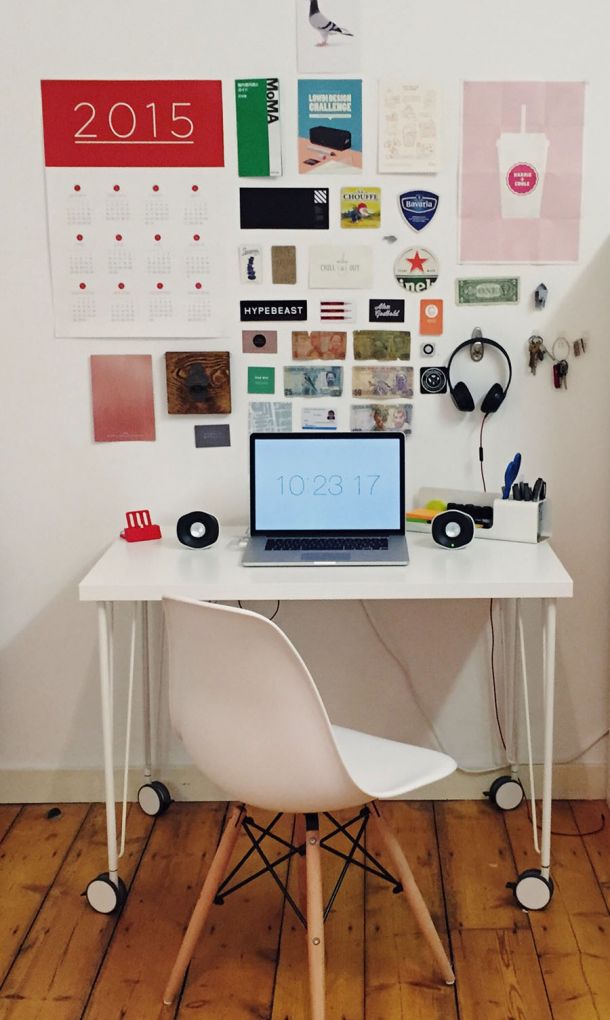
- There is space between the knees and the tabletop for free movement.
- The angle of the tabletop can be adjusted so that the child does not bend his back or tilt his head when writing in notebooks.
- It is desirable that the height of the table can be adjusted - then the desk will "grow" with the child.
Chair
Usually a special chair is sold with such a "smart" growing desk. Is it a must buy? Isn't it possible to put a pillow on top of a regular one, and be done with it? Of course it is possible. But still, it's not worth it. The wrong chair can reduce the effectiveness of the desk - the child will slouch or reach up to the tabletop. Therefore, it is better to immediately select a suitable chair, which, together with the desk, will help him study. Which chair suits the child:
- The seat is positioned so that the child's elbows are bent by about 9 when leaning on the table.0 degrees;
- The backrest supports the lower back so that the child holds the back straight, while the shoulders are relaxed.
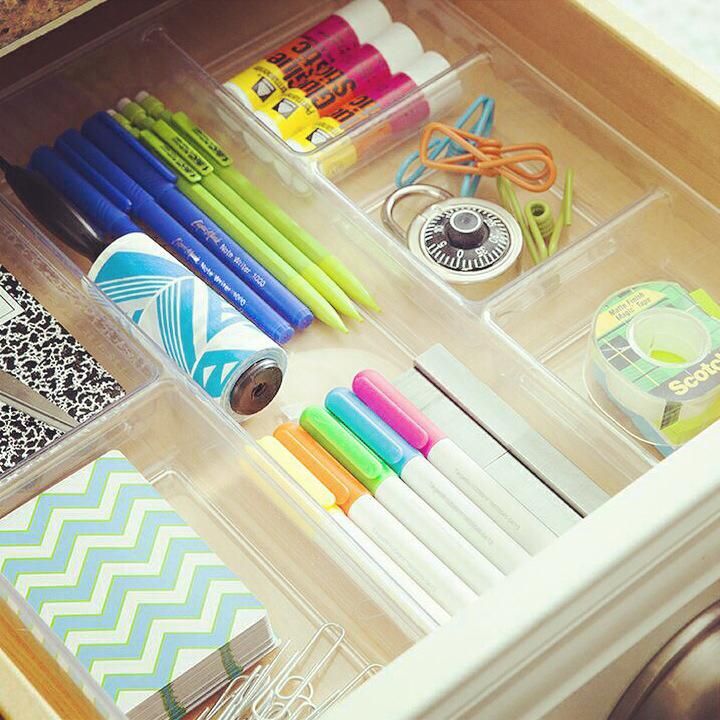
- Most of the thigh lies on the seat, between its edge and the knee bend is not less than 3 cm.
- The chair can be adjusted in height, changing it along with the desk.
Lighting
Separate light sources allow you to zone the space, therefore, in addition to the overhead light, it would be nice to have a night light, lamps and, of course, a separate lamp on the table in the children's room. This is useful not only for the child's vision, but also for his attitude to work. How to choose lighting:
- If possible, place a table by the window.
- If the table can only be placed sideways to the window, place it so that the child's free hand does not block the light: to the left of the window - for a right-hander, to the right - for a left-hander.
- Place the lamp on the table in the same way.
- Choose from a 60 watt incandescent or LED light bulb with a matte white finish. It is better to refuse halogen and fluorescent light bulbs.
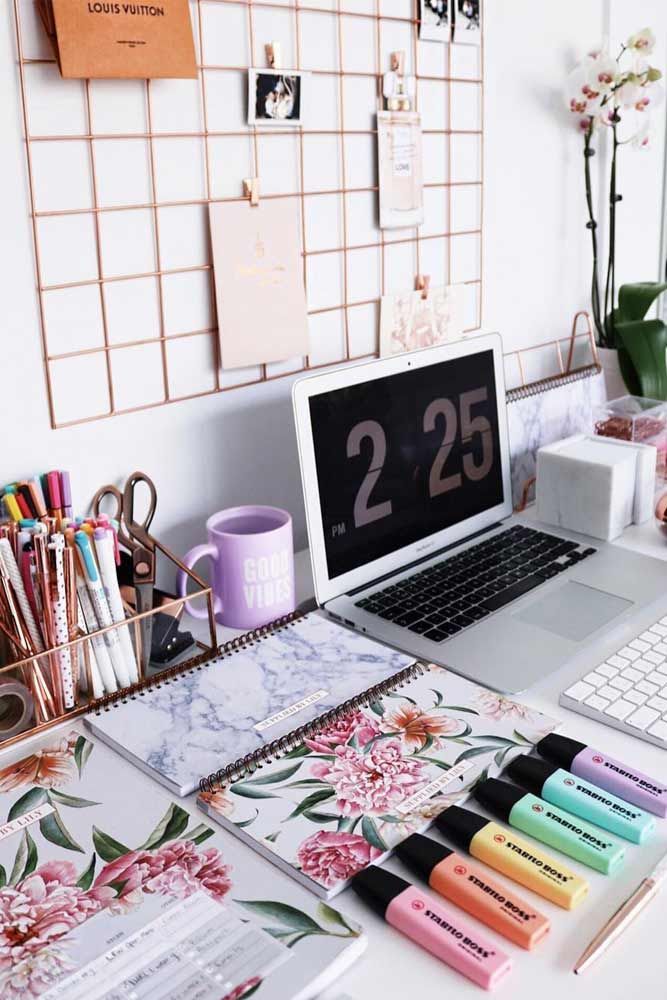
Storage
Notebooks, textbooks, pencils mixed with comics, Lego, hairpins and cones - "work mess" appears on the children's table instantly. He usually only interferes with studies. To avoid chaos, you can pick up each thing in its place. Only the essentials should remain on the table: a notebook, a textbook, stationery. How to organize your desktop:
- Divide things into categories. Group notebooks and textbooks by subject, stationery and other small items by type: pens with pens, sharpeners with sharpeners.
- Together with your child, get rid of unnecessary things, broken and useless.
- Stocks of stationery, notebooks, creative materials can be put away, they are not needed every day.
- Store notebooks, textbooks, paper vertically on shelves (separators can be used) or in vertical trays. So it will be convenient to take them and return them to their place.
- Pens, pencils and markers can be stored in cups or special organizers.
